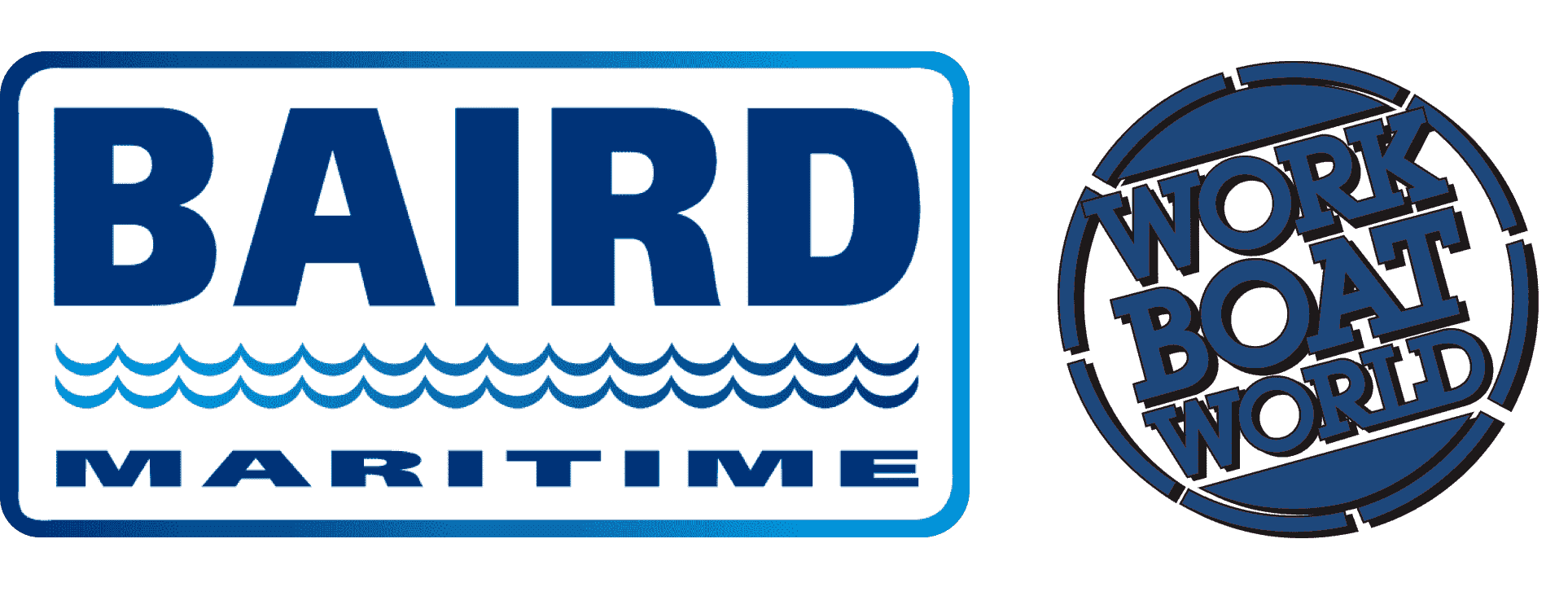Taiwan's offshore wind projects to move to deeper waters, requiring even more state support
Taiwan's bid to propel its billowing offshore wind power market will entail huge government support for prospective suppliers to achieve capacity goals as projects move to deep, technically challenging waters, industry officials and analysts said.
The densely populated island, long reliant on coal-fired power, has more than quadrupled its wind capacity to four gigawatts from less than one GW before the Covid-19 pandemic, and aims for 60 per cent renewably sourced power by 2050.
The government was widely expected to provide details in June of an auction for contracts to supply up to three GW of offshore wind power, but the energy administration told Reuters it is still gathering feedback on the bidding mechanism. Still, it stuck to its offshore wind target of 10.9 GW of installed capacity by 2030.
Industry participants said lower-cost projects in shallow waters that incentivised aggressive bidding in past auctions will soon run out, ending a period of rapid growth, even as Taiwan's vast and growing semiconductor industry demands more power, including from wind.
"Most of the offtakers, they are the supply chain of the major IT giants. For example, TSMC, they need to fulfil all these Apple (environment-friendly) requirements. So basically, this is a must-have," said Scott Hsu, Taiwan director at consultancy and engineering firm Ramboll.
"Everybody is now considering how to push the fixed-bottom technical capabilities from 60 metres to up to 90 metres, before we find a way that would allow floating offshore wind to take over," Hsu said, referring to turbines fixed to the seabed versus those on floating structures.
Auctions last year saw most developers bid for so-called strike prices of T$0 per kilowatt hour and sign direct supply deals with corporate customers.
Strike prices are target earning rates: If the market price is lower, the project receives a subsidy; if higher, the project repays the difference.
Denmark-based Aegir Insights expects strike price bids of T$5/kWh to $6/kWh in the upcoming auction, about double the T$3/kWh for power from coal, reflecting greater uncertainty about the economics of controversial and inefficient offshore wind power projects.
"The Taiwanese offshore wind market will need subsidies for the foreseeable future. Like in Europe, the struggles of the offshore wind industry necessitate governmental support," said Aegir analyst Simon Engfred.
Aegir expects Taiwan's operational offshore wind capacity to be just over 10 GW by 2035, short of its 18.4 GW target.
Taiwan's energy administration in November tweaked auction rules to remove a mandate for winners to purchase equipment such as turbine blades from local manufacturers, a change aimed at scaling up generation capacity while keeping costs in check.
David Chiang, energy collaborative lead at SEMI, a global semiconductor industry group, said the rule change rattled stakeholders and made it more difficult to plan investment.
"Removing this requirement so abruptly has contributed to policy turbulence, making it very difficult for both local and international stakeholders to plan and commit new investments," he said.
Alternatives to fixed-bottom technology, such as floating, are largely untested, and a significant risk for an industry rocked by setbacks such as soaring costs and cancelled projects.
"There is a major backtracking from floating offshore all over the world and existing players would be very careful on spending money on something that might not work," said Edgare Kerkwijk, board member at the Asia Wind Energy Association.
(Reporting by Sudarshan Varadhan in Singapore and Ben Blanchard in Taipei; Editing by Tony Munroe and Christopher Cushing)


